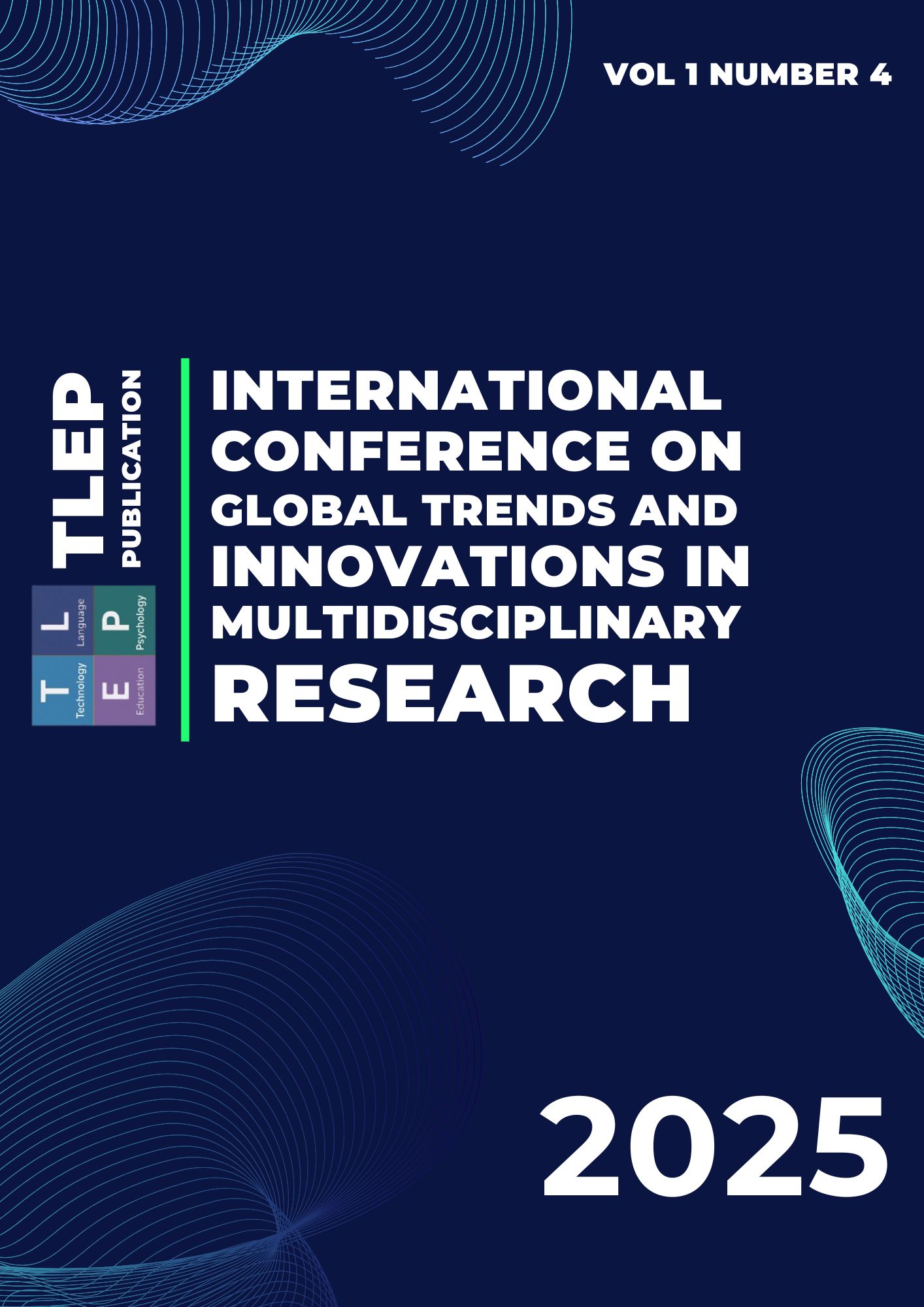Philosophical And Psychological Analysis Of The Oneiric Space In G. V. Pryakhin’s Novel Mirage
Keywords:
Georgy Pryakhin, Mirage, oneiric space, dream, conscience, trauma, moral catharsis.Abstract
This article offers a philosophical and psychological analysis of the oneiric space in G. V. Pryakhin’s novel Mirage. It argues that dreams in the novel function as a privileged domain of moral self-awareness, where the protagonist confronts suppressed guilt, existential anxiety, and the disintegration of ethical coordinates in late Soviet society. Drawing on the theories of Freud, Jung, and Lotman, the study demonstrates how Pryakhin transforms the dream from a private psychological phenomenon into a site of ethical reckoning and spiritual catharsis.
References
Freud, S. (2008). The interpretation of dreams. AST. (Original work published 1900)
Jung, C. G. (1968). Man and his symbols. Dell Publishing.
Lotman, Y. M. (1992). Kul’tura i vzryv [Culture and explosion]. Progress-Gnozis.
Paperno, I. A. (2021). Sovetskaya epokha v memuarakh, dnevnikakh, snakh: Opyt chteniya [The Soviet era in memoirs, diaries, and dreams: An exercise in reading]. Novoe Literaturnoe Obozrenie.
Pryakhin, G. V. (1995). Mirazh [Mirage]. Gazetno-zhurnal’noe ob’edinenie «Voskresen’e».
Radzievskii, V. V. (2021). Poisk sveta: chitaya Georgiya Pryakhina [Searching for light: Reading Georgy Pryakhin]. Literaturnaya gazeta, (14). https://lgz.ru/article/-14-6779-7-4-2021-poisk-sveta-chitaya-georgiya-p/
Rudenko, I. (2003, December 1). Georgiy Pryakhin: Khochu byt’ golosom bezgolosykh [Georgy Pryakhin: I want to be the voice of the voiceless]. Komsomol’skaya pravda. https://www.kp.ru/daily/23167/25044/

